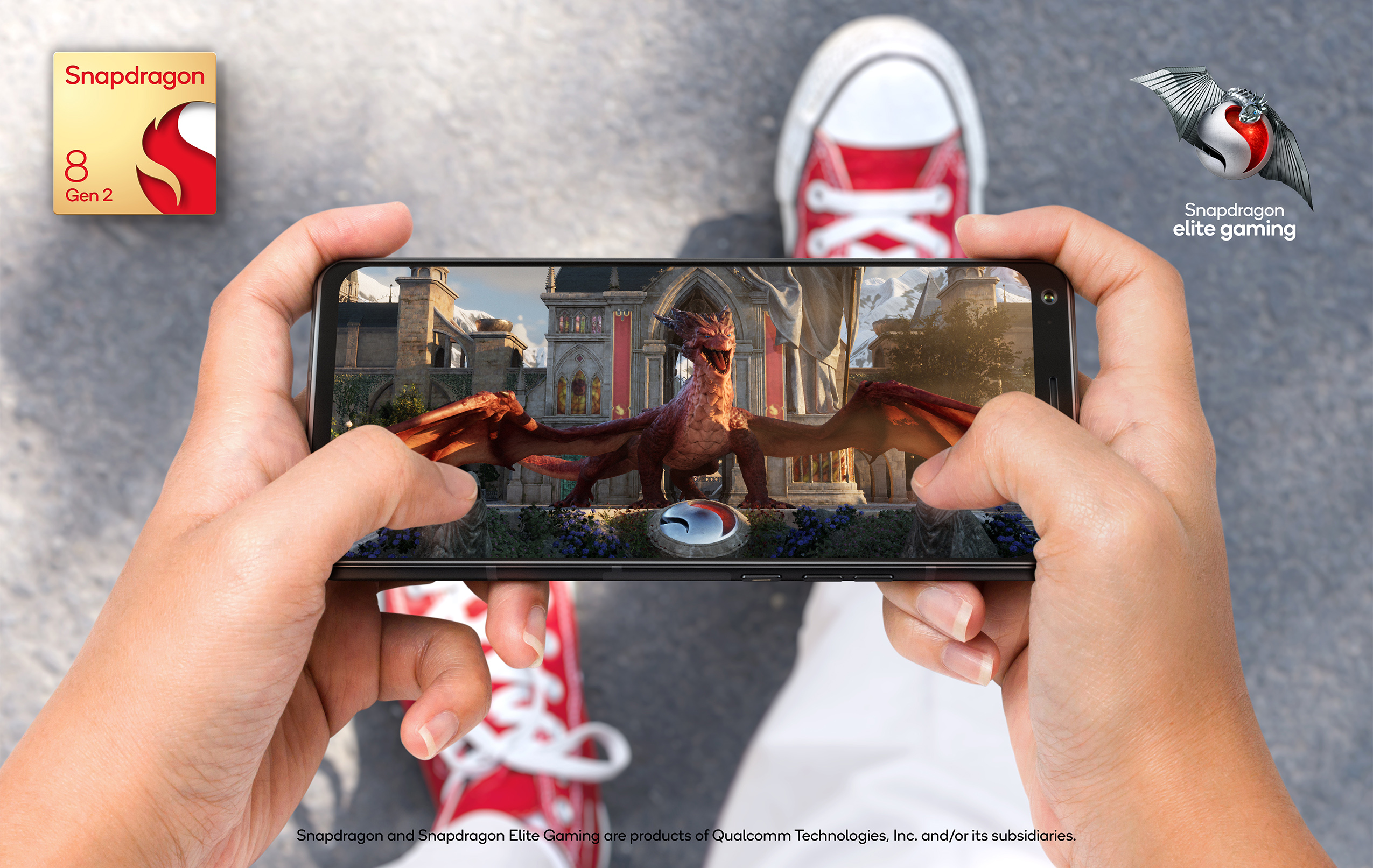Oppo showcases mobile gaming with ray tracing on the new Snapdragon 8 Gen 2
Console-quality visuals on mobile are here

The Snapdragon 8 Gen 2 – Qualcomm's new top-tier mobile chip, destined for the next wave of flagship Android smartphones – made its debut during the company's annual Snapdragon Summit on November 15, showcasing a host of impressive new technologies.
While some head-turning AI and camera features punctuated the chipset's unveiling, one other notable upgrade centered around mobile gaming; with a major visual quality improvement inbound; led by the addition of hardware-accelerated ray tracing.
In a nutshell, ray tracing adds greater physical accuracy to how light behaves in the game world. Although resource intensive, it promises a significant jump in graphical fidelity by improving elements like reflections, global illumination, shadows and ambient occlusion, resulting in more realistic and immersive visuals.




This technology, once reserved for the best graphics cards on the market, subsequently trickled down to the latest games consoles and has now found a home on mobile.
In truth, Samsung's Exynos 2200 – introduced in early 2022 – was the first mobile chip to support the technology, but less than a year on, Qualcomm hasn't just implemented ray tracing to catch up but brought with it a number of partners committed to capitalizing on the availability of this new graphical enhancement.
Behemoth publishers like Tencent add credibility to the technology's wider adoption and success on mobile, while Qualcomm already has a host of hardware partners looking to leverage ray tracing in their own ways too.
Brands including Asus, Black Shark, OnePlus, Samsung, Sony and Xiaomi all got a mention, but it was Oppo who was keen to actively show its commitment to the 8 Gen 2 and its hardware-accelerated ray tracing during day one of the Summit.
Sign up for breaking news, reviews, opinion, top tech deals, and more.
Oppo's SVP and CPO, Pete Lau appeared on video during the presentation, explicitly calling out his excitement for the 'next level gaming' experiences that 8 Gen 2 promises to deliver but the company didn't stop there, bringing principal manager of graphics products, Jane Tian out on stage.





She spoke in greater depth about the results Oppo is already seeing with its sustained ray tracing performance tests on 8 Gen 2, which compared to its previous software-only ray tracing, is reportedly five times more efficient while placing 90% less workload on the CPU.
The company's history with ray tracing on mobile has actually led them to create an open source mobile ray tracing developer kit – named the PhysRay SDK – that should help developers with aspects like software and hardware compatibility and optimisation for ray tracing between difference device configurations.
The mobile ray tracing demos shown on stage accentuated the benefits that the technology is intended to bring to mobile graphics but the results speak for themselves, leaving us to wonder how soon after the first 8 Gen 2-powered phones hit the market, will we see games putting the chipset's Adreno GPU and its new star feature to work.
Oppo is, understandably, on the list of companies committed to launching 8 Gen 2-powered devices in the near future and that it'll come packing inside whatever the next entry in its Find X flagship phone series is to be called (our money's on the Oppo Find X6).
In the meantime, check out our rundown of the best gaming phones currently available, even if it's just to know which brands to keep an eye on, come the release of their 8 Gen 2-toting devices.

Alex joined as TechRadar's Senior Phones Editor in June 2022, but brings over a decade's worth of experience to the role, with an expertise in smartphones, tablets and wearables. He's covered keynotes hosted by the biggest brands and attended the launches for some of the most influential mobile products of the last few years. His experience was amassed at some of the most reputable consumer technology publications out there, including GSMArena, TechAdvisor and Trusted Reviews.
